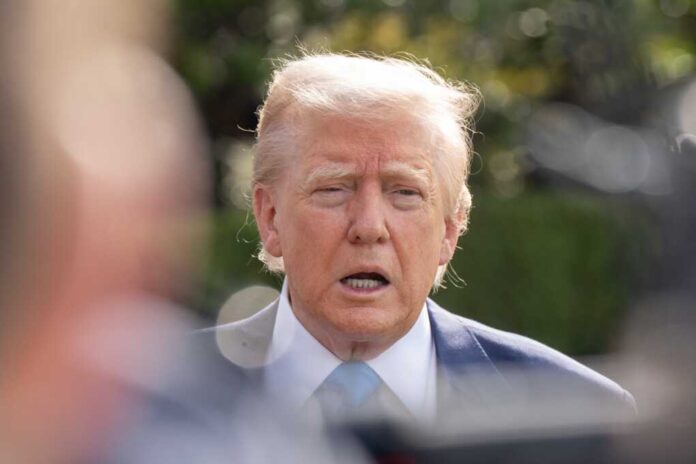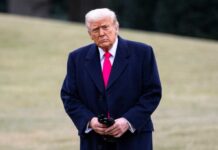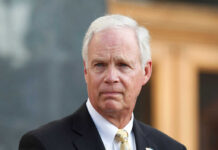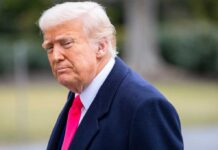
Trump’s plan to offset $2.4 trillion in tax cuts with tariffs may backfire, burdening consumers and risking economic instability.
At a Glance
- Trump’s “One Big Beautiful Bill” proposes $2.4 trillion in tax cuts over the next decade
- The administration claims tariffs could generate $2.5 trillion to offset the deficit
- Economists warn tariffs are regressive, hitting low-income Americans hardest
- The plan includes cuts to Medicaid and SNAP, affecting vulnerable populations
- Experts caution that tariffs could slow economic growth and raise consumer prices
Fiscal Strategy Under Fire
Former President Donald Trump has unveiled a sweeping fiscal proposal dubbed “One Big Beautiful Bill“, which aims to extend and expand the 2017 tax cuts while slashing corporate and individual rates further. The price tag? An estimated $2.4 trillion over ten years. To cover the shortfall, Trump proposes a universal tariff regime projected to raise $2.5 trillion in revenue over the same period.
But leading economists argue this math is misleading. Tariffs operate as a consumption tax, effectively shifting the burden to U.S. consumers and disproportionately hurting lower-income households. According to analysis from the Committee for a Responsible Federal Budget, the tariffs would need to average nearly 17% on all imported goods—more than triple current levels.
Meanwhile, Trump’s plan also calls for cuts to safety net programs like Medicaid and SNAP, stripping funding from millions of vulnerable Americans to make room for broader tax relief for wealthier households and corporations.
Watch a report: Trump’s Tariff Plan Faces Scrutiny.
Economic Implications
Beyond the ethical concerns, economists warn the policy cocktail could undercut long-term growth. The Penn Wharton Budget Model estimates that the combined effect of Trump’s tariffs and tax cuts could shrink GDP by 6% and reduce average wages by 5% over time. In essence, the plan risks trading short-term revenue for long-term economic drag.
Tariffs also introduce market instability. Businesses facing unpredictable trade costs may pull back on investment or pass expenses to consumers, compounding inflationary pressure. The Congressional Budget Office warns that, even under optimistic assumptions, such a policy could increase inflation by 0.4 percentage points and reduce growth by 0.6% by 2035.
Political and Legal Hurdles
The strategy may not only be economically fraught—it could also be legally vulnerable. Some legal scholars argue the White House lacks unilateral authority to impose blanket tariffs without congressional action, potentially triggering constitutional challenges.
On Capitol Hill, Trump’s plan is already generating political resistance. Moderate Republicans express concern about its impact on deficit hawks and low-income constituents, while progressives decry it as a handout to the wealthy. Billionaire entrepreneur Elon Musk has also weighed in, calling the approach “financially suicidal.”
Though billed as fiscally self-sustaining, Trump’s tariff-based tax cut package appears laden with economic risk, political friction, and social inequity—raising questions not just about who pays, but who profits.





























